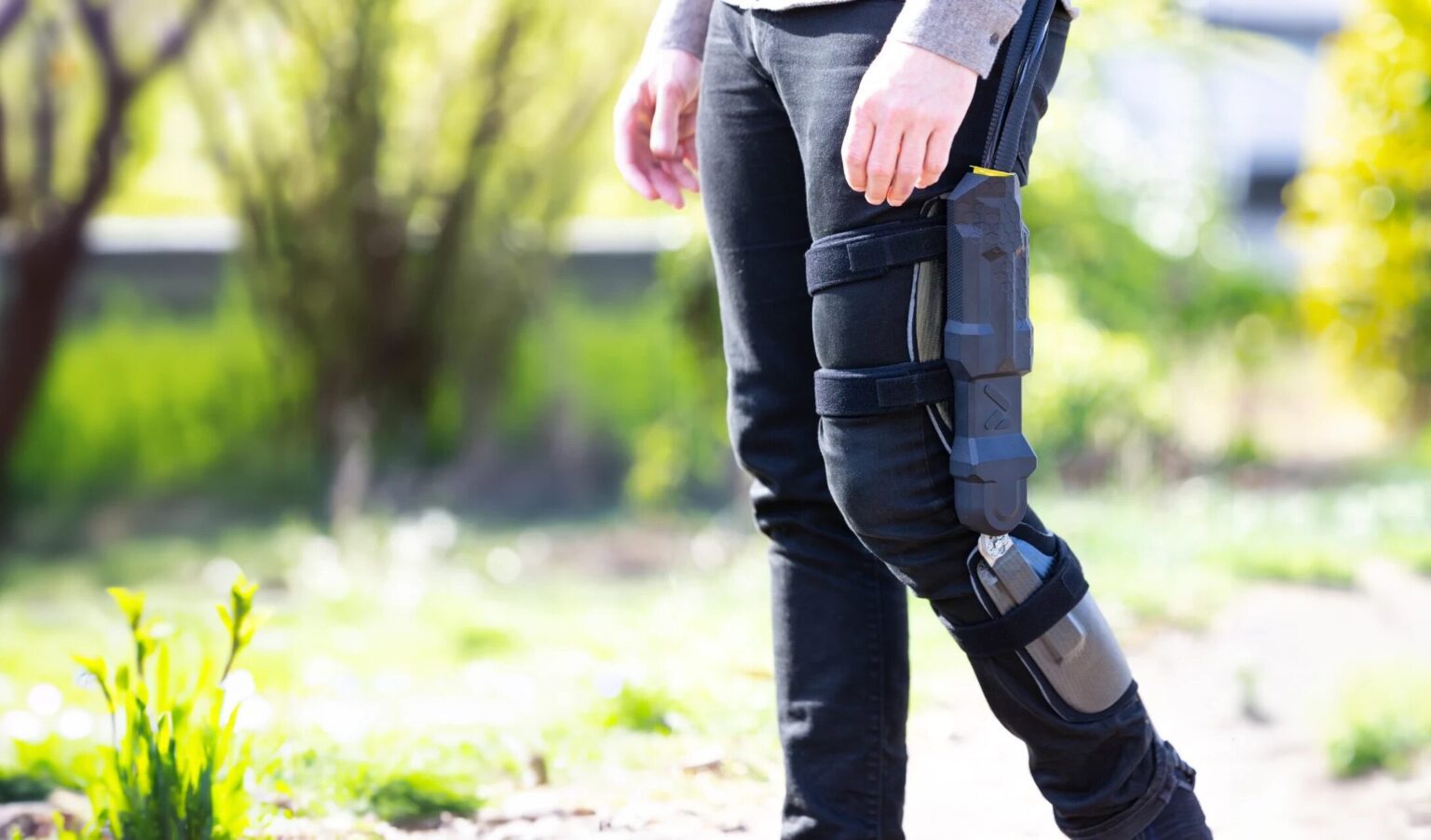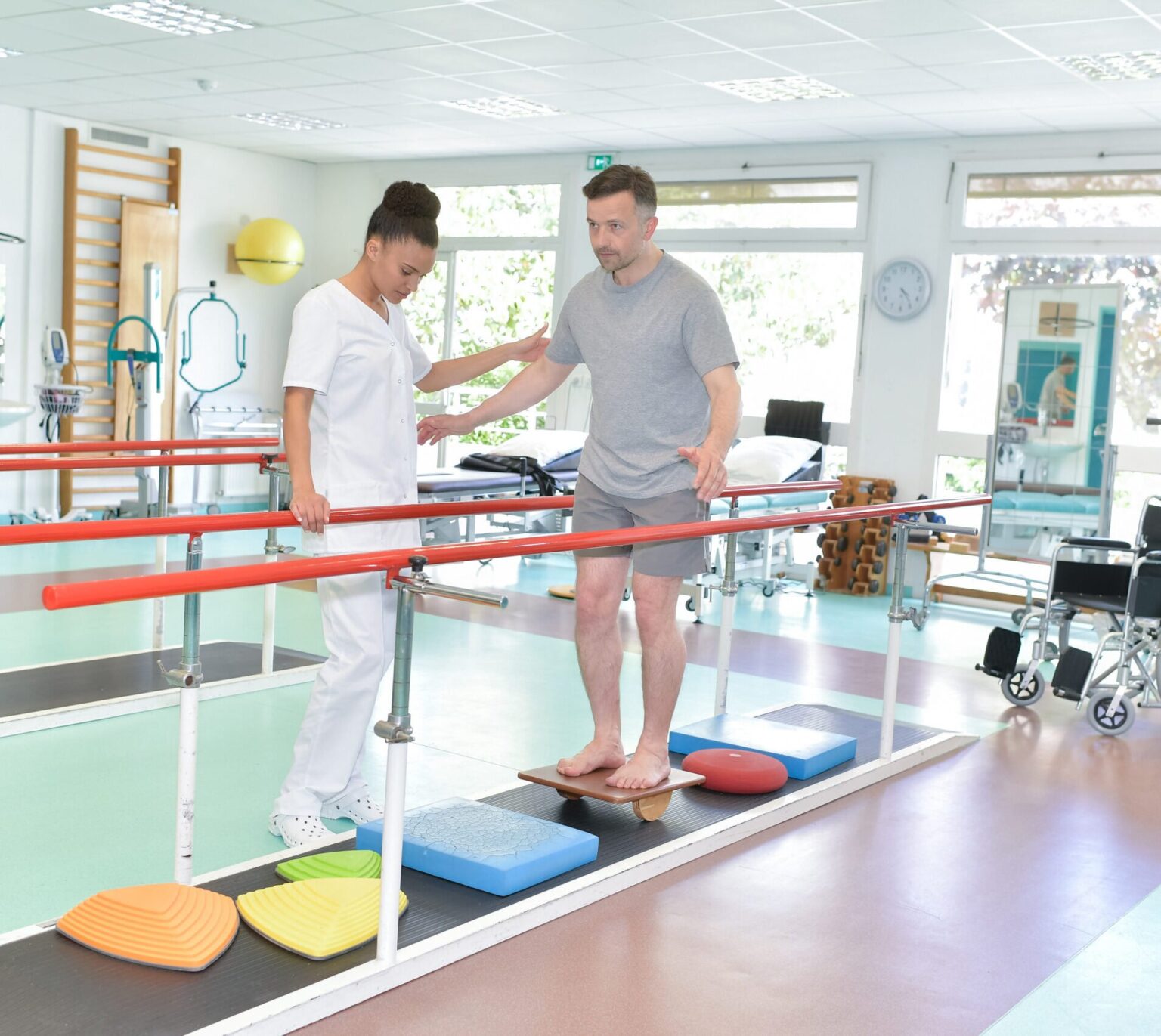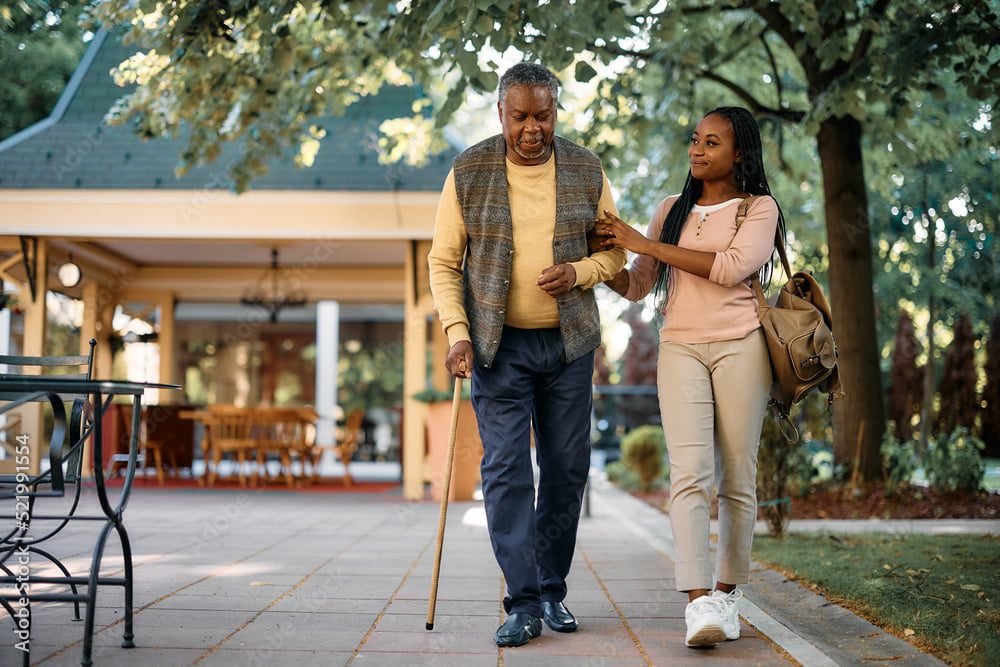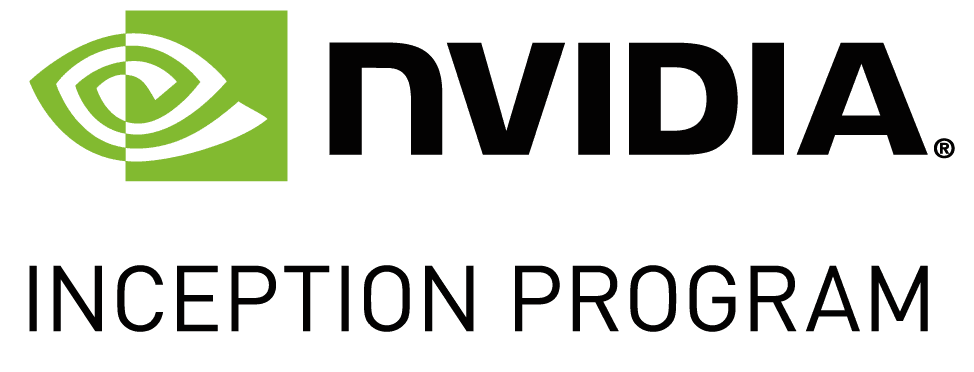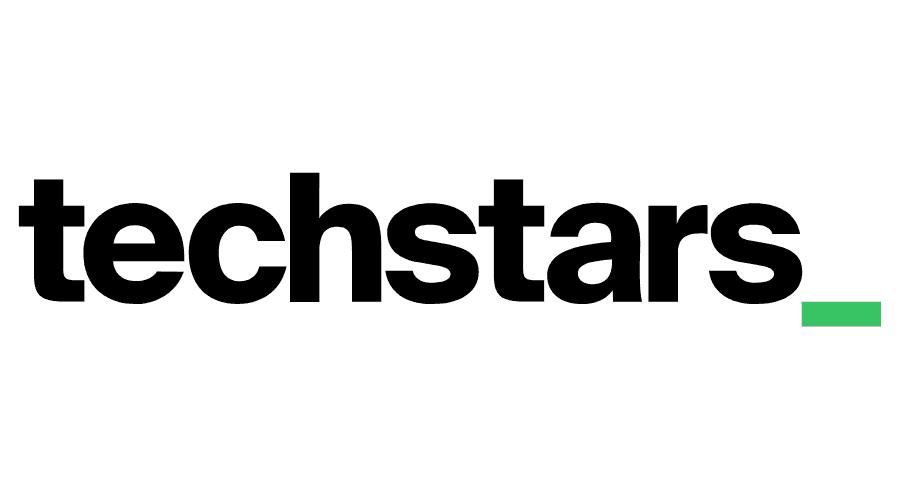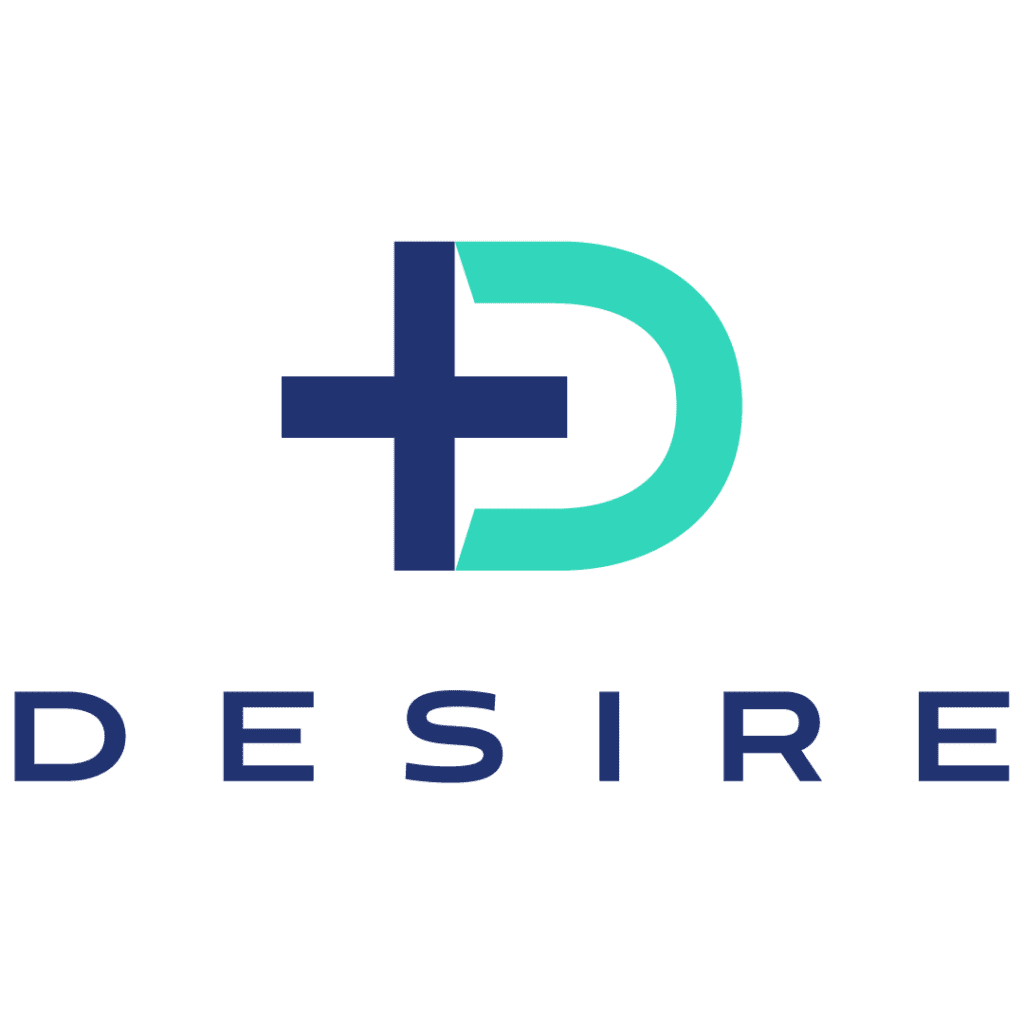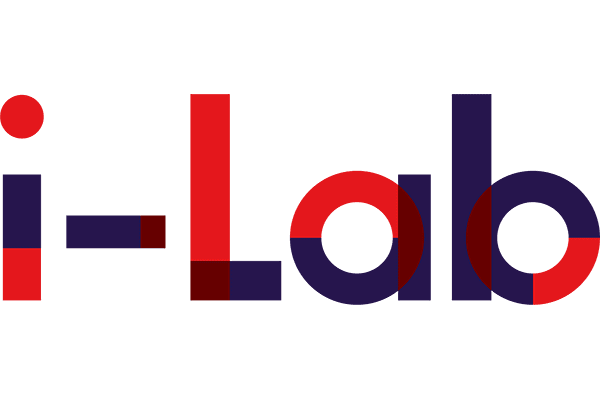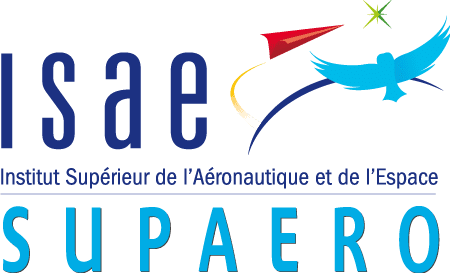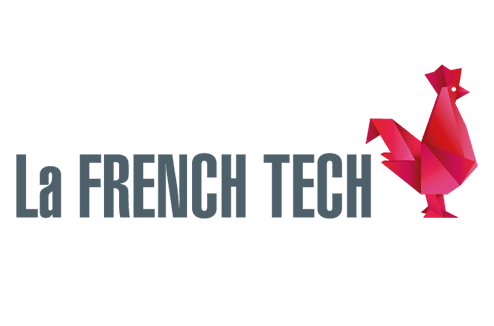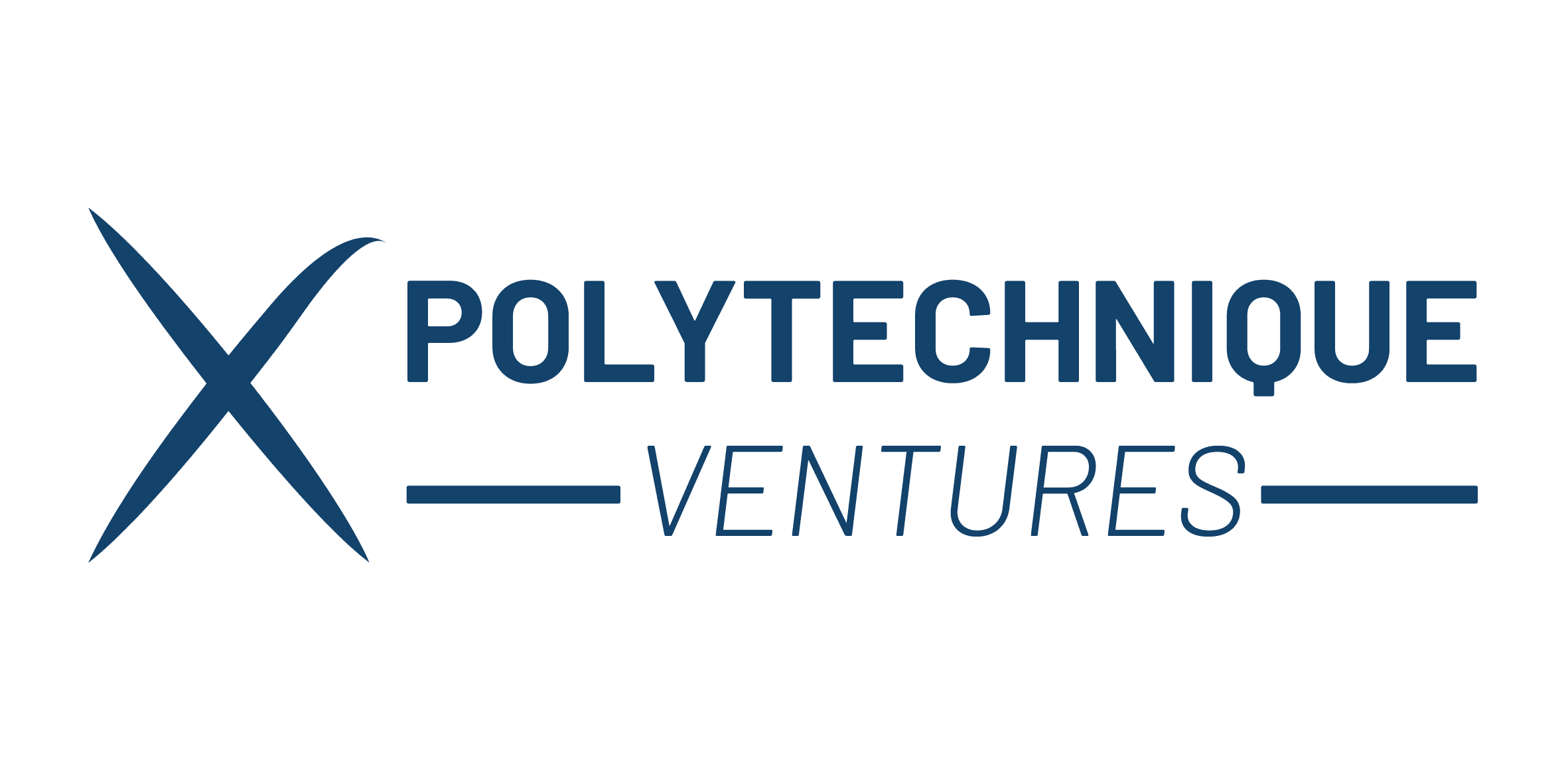Today, one in five hundred children worldwide is affected by cerebral palsy, which equates to a total of six million, including 30,000 in France. It is the most common motor impairment in children.
What is cerebral palsy?
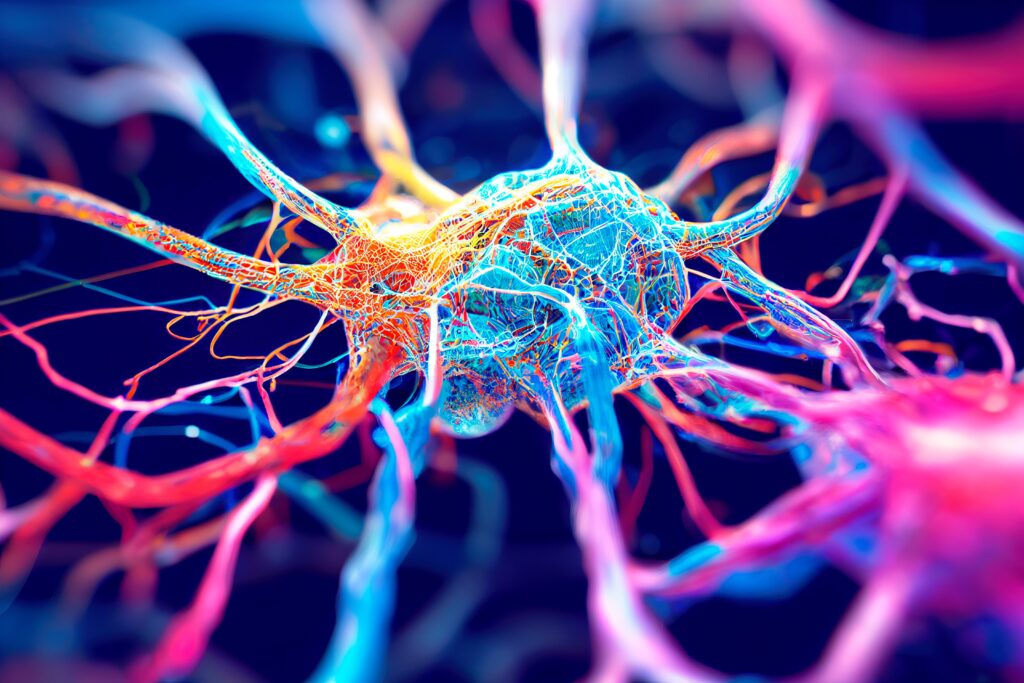
Cerebral palsy is the result of irreversible brain damage that occurs during infant development. It affects the control of motor functions, especially in the lower limbs.
Affected children and future adults experience involuntary muscle contractions that prevent them from moving correctly. This stiffness, known as spasticity, also causes bone deformities as the child grows. This leads to an inappropriate posture with a bowed knee position and an inability to balance, stand, and walk.
The first signs, often noted by parents, are difficulties or delays in the infant’s motor development. Other signs may also be noticed, such as stiff limbs or a hand that remains closed.
Moreover, disabled children are also subject to epilepsy and emotional hypersensitivity, which affect their daily lives and treatment.
Children are generally affected from birth since, in 90% of cases, brain damage occurs during fetal development.
How to support affected children?
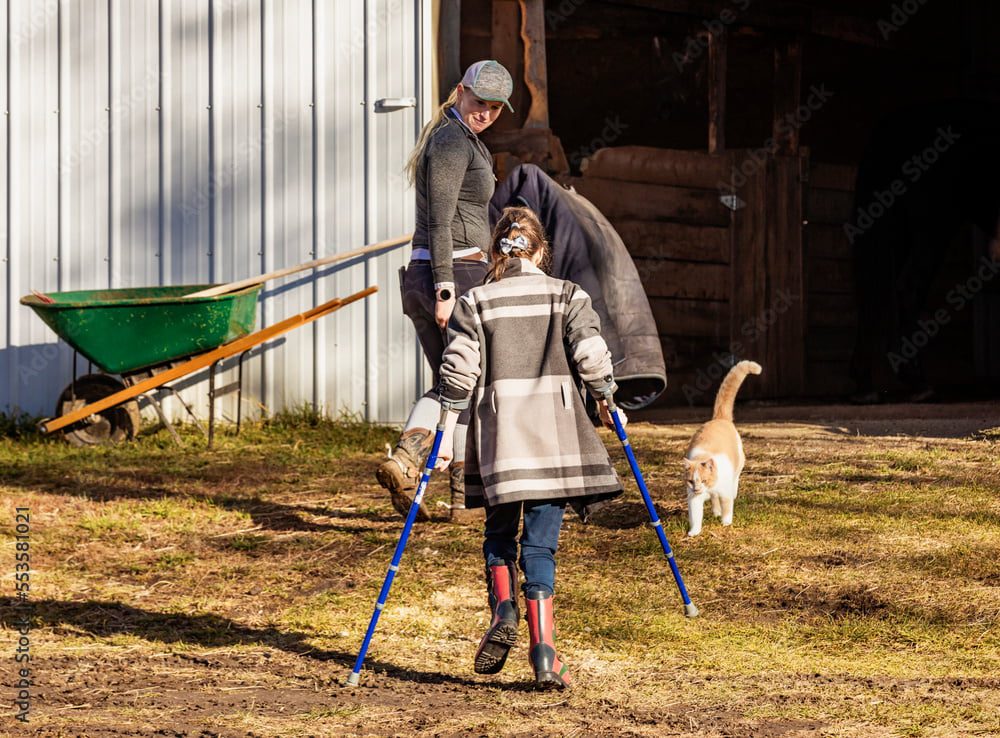
This condition prevents children from fully enjoying life like most children. Therefore, these children must receive therapeutic education that guides them in learning motor skills (locomotion, speech, and swallowing, if affected), preventing the impact of motor disorders on the skeleton (deformities), as well as specialized pedagogy if associated learning disabilities are present.
Cerebral palsy is also difficult for parents who spend considerable energy helping their child.
Treatment promotes the child’s progression in controlling their motor abilities through intense rehabilitation, which should start as early as possible. This can be combined with orthopedic surgery for cases with significant spasticity.
The volume of rehabilitation can reach up to 15 hours per week for the most pathological cases. In most cases, it is at least one session per day for at least one hour. Rehabilitation is carried out in a hospital, clinic, or at home.
The goal is to take advantage of the immense cerebral plasticity of young children to create new neural connections and improve motor abilities.
Families also resort to numerous physiotherapy techniques. These methods consist of bypassing the damaged areas of the brain by stimulating automatic motor regions that the children could not develop.
Equine therapy and hydrotherapy are also relevant. However, the only way to maintain progress is to maintain daily motor and sports activity, even though these children are inherently less mobile than their peers.
Rehabilitation and walking aids for cerebral palsy

To improve the autonomy and mobility of children with cerebral palsy, various devices are available. According to the study we conducted on 50 families, the most commonly used devices are evolving manual wheelchairs (on average €3,000 and reimbursed up to €900 by Social Security) and walkers (on average €200 and reimbursed up to €50).
However, in terms of locomotion, these devices do not allow children to feel fully independent or use their arms or legs freely. Moreover, they do not provide any progress as they are not rehabilitation devices.
For these reasons, the concept of exoskeletons is becoming increasingly popular in the rehabilitation field. Some exoskeletons are already usable by children.
These are mainly large-sized exoskeletons placed on a fixed structure with a treadmill for walking. Therefore, they do not allow the child to move around daily.
For example, this is the case with the Lokomat created by Hocoma (a Swiss company) and available for adults in several rehabilitation and functional rehabilitation centers in France and Europe. However, only one Lokomat is available for children in France. That’s why families go abroad to Poland to use this exoskeleton.
The children then undergo an intensive week of physiotherapy sessions with the Lokomat in these centers. Its purchase price for rehabilitation institutions is €300,000, to which €80,000 must be added for the pediatric version.
Our solution

At REEV, our ambition is to create a solution to change things and allow people with walking disorders to get as close as possible to a normal life.
We are currently developing a light exoskeleton that can be easily installed on the legs of adults to accompany them in their daily movements.
The goal is to reduce the effort needed to walk, stand up, sit down or climb stairs in order to help them gain autonomy and allow them to have a daily physical activity.
In a second phase, our exoskeleton will allow them to rehabilitate themselves more easily and regularly, without having to travel to another country. We are even developing home rehabilitation exercises in collaboration with several rehabilitation doctors.
All of this will allow them to gradually regain their autonomy, fitness and self-confidence.
If you want to follow the progress of DREEVEN’s development and participate in the first test phases, subscribe to our newsletter and don’t hesitate to contact us directly using the contact form on our website!



